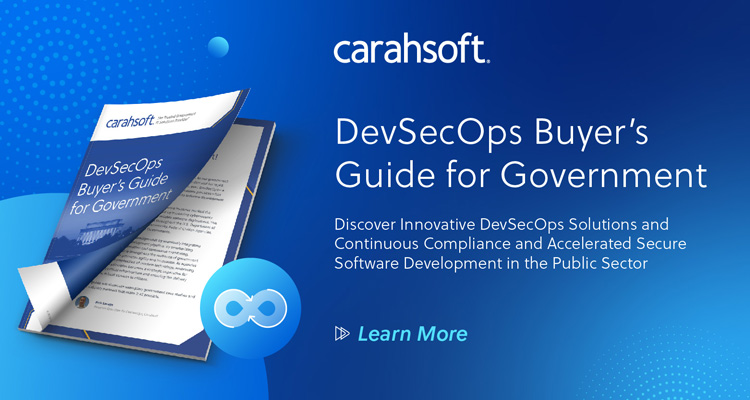DevSecOps Buyer's Guide
As Government IT modernization advances and interconnectivity initiatives expand, the need for cybersecurity solutions is more crucial than ever. Cyberattacks are on the rise across the Public Sector, which poses a significant risk to critical infrastructures, applications, networks and cloud environments.
The dedicated Cybersecurity Team at МЅ»ЁКУЖµ specializes in providing IT security solutions to Federal, State and Local Government, as well as Education and Healthcare organizations. We aim to safeguard the entire cyber ecosystem with proven technology. Our certified Government Product Specialists help our customers build comprehensive cyber solution stacks to meet evolving Government security requirements.
How Your Agency Can Use DevSecOps
Explore our different use cases areas below and click on a vendor to see how other agencies are using their technology to achieve their mission.


